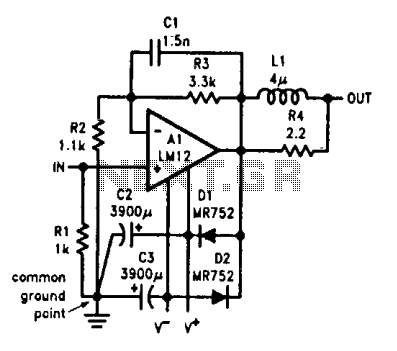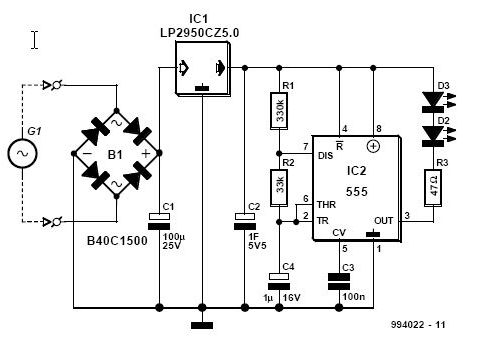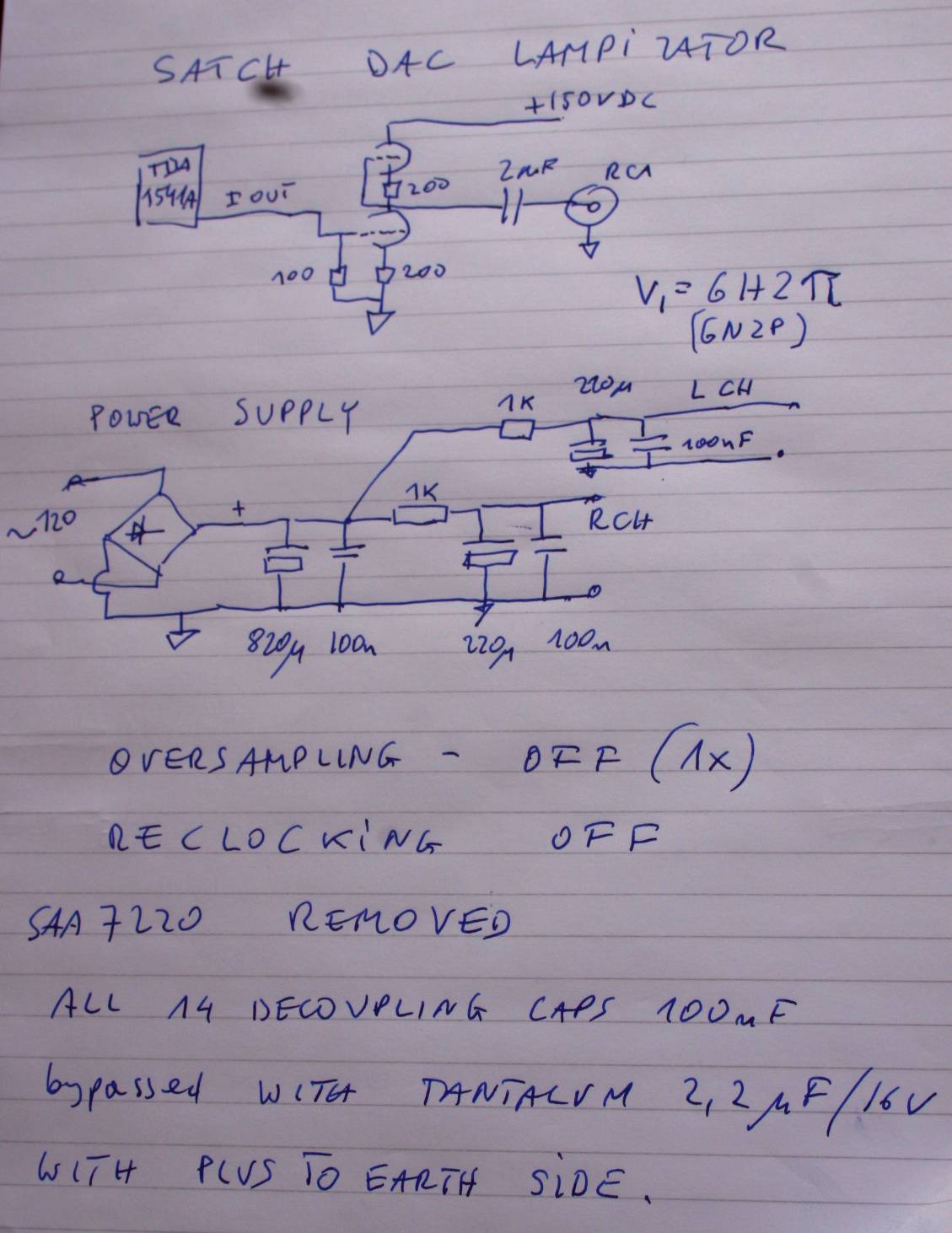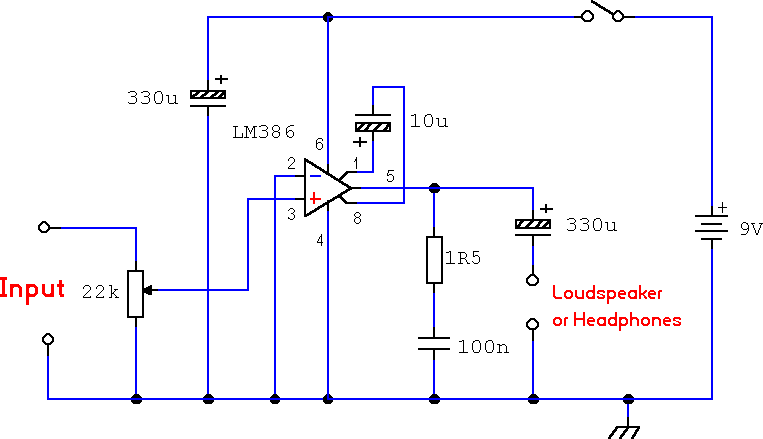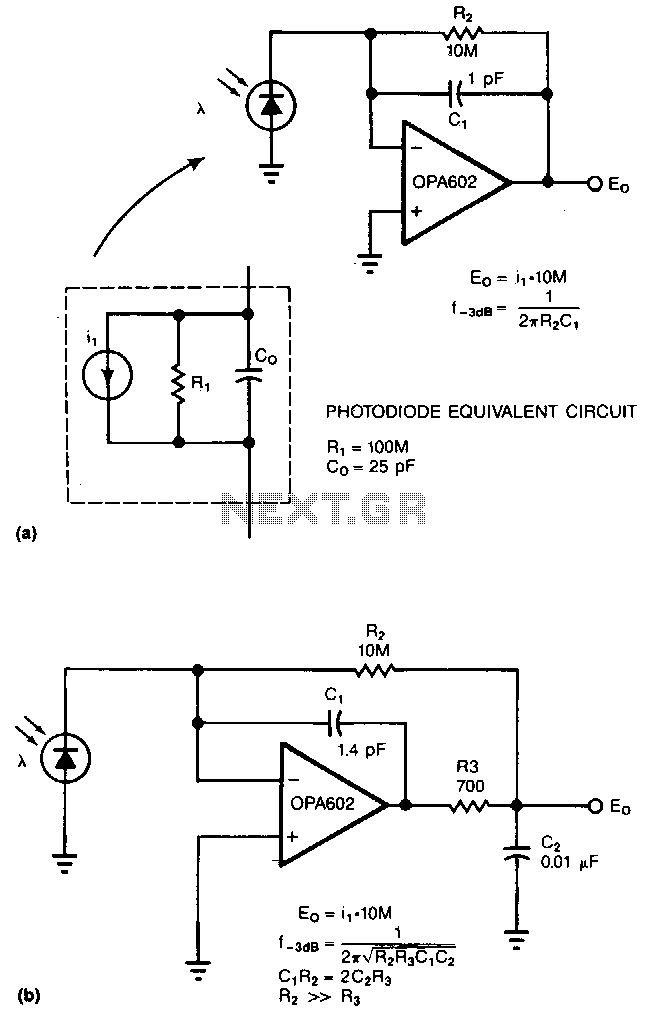
Low impedance microphone amp
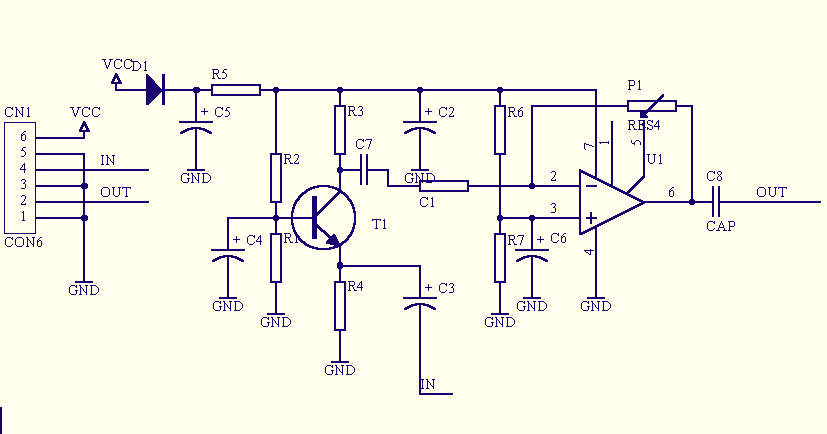
The circuit is a microphone amplifier for use with low impedance (~200 ohm) microphones. It will work with stabilized voltages between 9-30VDC. If you don`t build the impedance adapter part with T1, you get a micamp for higher impedance microphones. In this case, you should directly connect the signal to C7.
The described circuit functions as a microphone amplifier specifically designed for low impedance microphones, typically around 200 ohms. It operates effectively within a voltage range of 9 to 30 VDC, which allows for flexibility in various applications, from professional audio equipment to DIY projects.
The circuit includes an impedance adapter, which is represented by the transformer T1. This component is crucial for adapting the input signal from low impedance microphones to a level suitable for amplification. If the impedance adapter is omitted, the circuit can still serve as an amplifier for higher impedance microphones. In this scenario, the audio signal should be directly connected to capacitor C7, which serves as a coupling capacitor, blocking any DC component while allowing the AC audio signal to pass through to the subsequent amplification stage.
The overall design may include additional components such as resistors and capacitors to set gain levels, filter unwanted frequencies, and stabilize the circuit operation. The output of the microphone amplifier can be connected to various audio processing equipment, such as mixers or audio interfaces, ensuring compatibility across different systems. Proper layout and grounding techniques should be employed to minimize noise and interference, which is critical in audio applications.The circuit is a microphone amplifier for use with low impedance (~200 ohm) microphones. It will work with stabilized voltages between 9-30VDC. If you don`t build the impedance adapter part with T1, you get a micamp for higher impedance microphones. In this case, you should directly connect the signal to C7. 🔗 External reference
The described circuit functions as a microphone amplifier specifically designed for low impedance microphones, typically around 200 ohms. It operates effectively within a voltage range of 9 to 30 VDC, which allows for flexibility in various applications, from professional audio equipment to DIY projects.
The circuit includes an impedance adapter, which is represented by the transformer T1. This component is crucial for adapting the input signal from low impedance microphones to a level suitable for amplification. If the impedance adapter is omitted, the circuit can still serve as an amplifier for higher impedance microphones. In this scenario, the audio signal should be directly connected to capacitor C7, which serves as a coupling capacitor, blocking any DC component while allowing the AC audio signal to pass through to the subsequent amplification stage.
The overall design may include additional components such as resistors and capacitors to set gain levels, filter unwanted frequencies, and stabilize the circuit operation. The output of the microphone amplifier can be connected to various audio processing equipment, such as mixers or audio interfaces, ensuring compatibility across different systems. Proper layout and grounding techniques should be employed to minimize noise and interference, which is critical in audio applications.The circuit is a microphone amplifier for use with low impedance (~200 ohm) microphones. It will work with stabilized voltages between 9-30VDC. If you don`t build the impedance adapter part with T1, you get a micamp for higher impedance microphones. In this case, you should directly connect the signal to C7. 🔗 External reference
